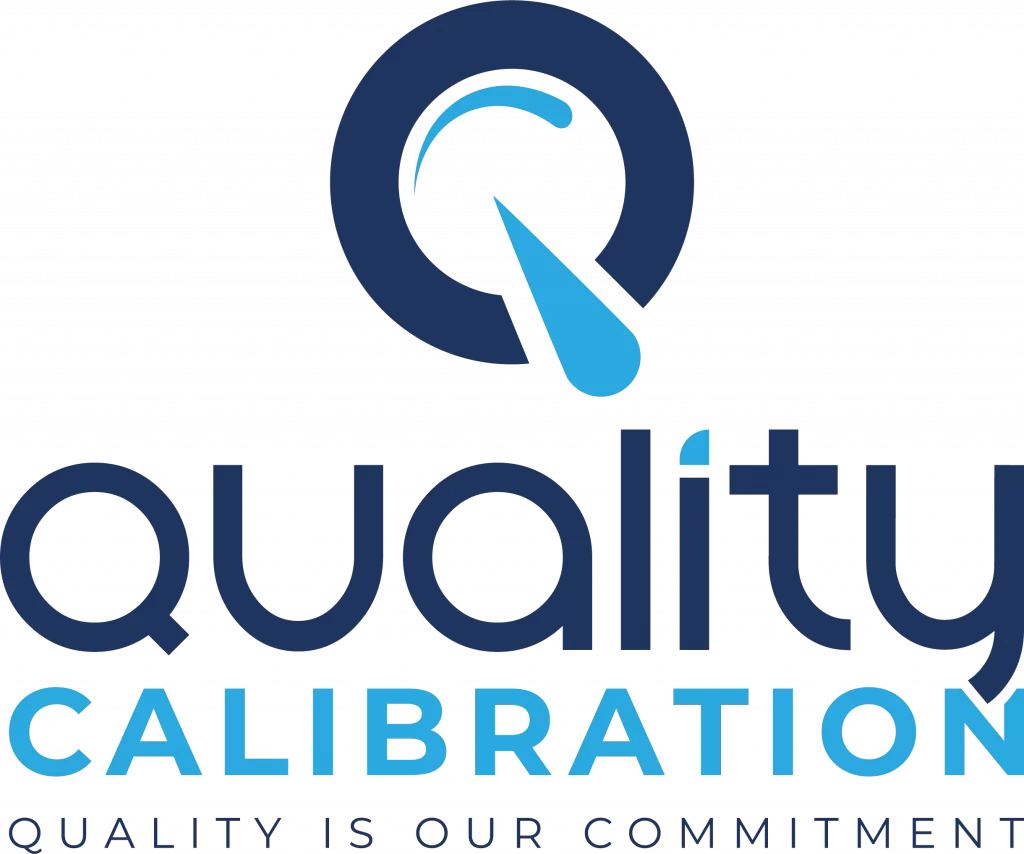Laboratory calibration is a precise science that demands impeccable accuracy. From the measurement of weights to the calibration of intricate instruments, the results generated within these controlled environments have far-reaching implications across industries. One often-overlooked factor that significantly impacts the quality of calibration is lighting. In this article, we’ll explore why controlled lighting matters in laboratory calibration environments and the emotional connection it holds in ensuring accurate outcomes.
The Fundamental Role of Lighting
Lighting may not be the first aspect that comes to mind when considering the factors influencing laboratory calibration. However, it plays a pivotal role in the entire calibration process. Let’s delve deeper into its importance.
1. Illuminating Accuracy
Proper lighting is essential for calibrating instruments accurately. Inadequate or fluctuating lighting can lead to errors in measurements. To achieve precision, the lighting conditions in the laboratory must be consistent and controllable.
2. Minimizing Errors
Fluctuations in lighting can lead to human errors. Technicians need to read scales and instruments, and any variation in lighting can affect their ability to do so correctly. Consistent lighting minimizes these errors.
3. Standardization and Reproducibility
For calibration results to be reliable and reproducible, the laboratory environment must be standardized. Controlled lighting is a crucial component of this standardization process. It ensures that the same conditions are maintained every time a calibration is performed.
The Emotional Aspect of Controlled Lighting
Beyond the technical necessity, controlled lighting also has an emotional dimension. Laboratory calibration environments are places where scientific breakthroughs happen, where lives are saved, and where cutting-edge technology is developed. The emotional connection is inherent to the quest for precision and perfection.
1. A Commitment to Excellence
When calibration experts control the lighting conditions in a laboratory, it demonstrates their unwavering commitment to excellence. They understand the significance of their work and leave no stone unturned to ensure perfection.
2. Respect for Tradition
Laboratory calibration has a rich history, dating back centuries. Technicians today inherit a legacy of precision and craftsmanship. The emotional connection to this tradition is evident in the meticulous attention paid to lighting.
3. Confidence in Results
Laboratory calibration is often associated with critical applications, such as medical equipment or aerospace technology. The emotional connection to controlled lighting stems from the confidence that it instills in the results, knowing that people’s lives and the success of vital missions depend on them.
Challenges in Achieving Controlled Lighting
Maintaining controlled lighting in a laboratory environment is not without its challenges. Here are some common obstacles that calibration experts face:
1. Natural Light Variability
Laboratories with windows may struggle with natural light variations, which can be challenging to control. This is especially crucial for experiments that require strict lighting conditions.
2. Artificial Light Consistency
Even in windowless laboratories, artificial lighting must be carefully selected and controlled to ensure consistency. Light sources can degrade over time, leading to inaccuracies.
3. Regulatory Requirements
Some industries, such as pharmaceuticals or aerospace, have stringent regulatory requirements for calibration. These regulations often include specifications for lighting conditions, adding complexity to the process.
The Technology Behind Controlled Lighting
To address these challenges, calibration experts rely on cutting-edge technology. Advanced lighting control systems offer precision and consistency. These systems allow technicians to adjust the lighting conditions with the push of a button, ensuring that every calibration is performed under the same, ideal lighting conditions.
Conclusion
In the world of laboratory calibration, precision is paramount. Achieving accurate results demands more than just technical expertise; it requires a holistic approach that includes controlled lighting. From minimizing errors to maintaining the emotional connection to tradition, the role of lighting in calibration environments cannot be overstated.

Md. Hasan Ibrahim is a Technical Manager at Quality Calibration with extensive experience in the calibration sector since 2015. Holding a Bachelor of Science degree in Mechanical Engineering from Khulna University of Engineering & Technology (KUET), he has received training from various national and international organizations including CSIR-CMERI, QSI, BAB, NML-BSTI, memmert, and X-rite. With expertise in ISO/IEC 17025 assessment, method validation, metrological traceability, and uncertainty, he has successfully completed numerous calibration projects across diverse industries such as pharmaceuticals, food & beverage, oil & gas, textiles & garments, power plants, batteries, chemicals, hospitals & healthcare, and private universities.


